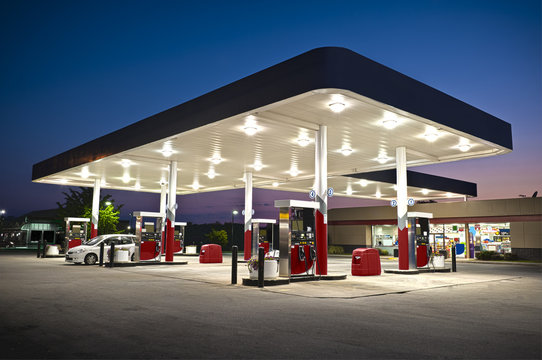
The Facilities Challenge in Retail
Retail is in a paradox. Stores are expected to do more—act as showrooms, fulfillment hubs, and customer engagement centers—while operating costs continue to climb. For facilities leaders, the challenge is not just keeping doors open, but ensuring that every location reflects the brand consistently, all while managing a budget under pressure.
The numbers tell the story. Industry data shows that repairs and maintenance costs have climbed double digits in the past two years, while direct store operating expenses grew more than 12%. With margins already thin, retail facilities leaders can’t afford inefficiencies, overcharges, or downtime that puts brand reputation at risk.
The Pain Points Every Retail Facilities Leader Knows
- Inconsistent brand experience. One underlit store, one malfunctioning HVAC system, or one broken signage package can undo millions spent on marketing.
- High cost of reactive maintenance. Studies show unplanned maintenance costs 3–9 times more than planned work. Yet many retail teams remain stuck in a break-fix cycle.
- Vendor complexity. Multi-market retailers often work with dozens of vendors. Without consolidation, costs balloon and accountability falters.
- Limited visibility into true costs. With labor rates representing only a fraction of total invoice costs, leaders often overlook the bigger picture—repeat repairs, invoice errors, and time-to-complete metrics.
Why Facilities Is a Brand Imperative
Retailers understand the value of customer experience. But too often, facilities management is treated as an operational back-office function instead of a frontline brand safeguard. Facilities directors who are driving change are reframing the conversation: FM is not about fixing lights or HVAC—it’s about protecting the brand promise.
Three Strategies Redefining Retail Facilities
- Move from Reactive to Preventive.
Preventive programs stabilize costs and extend asset life. For example, HVAC units under preventive maintenance see repair volumes drop by 35–40% after three years compared to those without PM. - Leverage Next-Gen Platforms.
Technology like VixxoLink centralizes work order management, invoice validation, and asset reporting in one dashboard. Features like automated auditing catch inflated parts charges or excessive time-on-site before invoices are approved. - Focus on Total Cost of Ownership (TCO).
Directors are reframing conversations with executives away from hourly labor rates and toward holistic measures: first-time fix rates, asset life cycle costs, and overall program spend. This approach shows the true ROI of facilities programs and justifies reinvestment.
The Strategic Payoff
Retailers adopting this approach are seeing tangible results:
- Invoice savings of 5–10% through active auditing.
- Admin time reductions of 30%, freeing teams to focus on strategic initiatives.
- Improved brand consistency, with national programs rolling out signage, lighting, and remodels across hundreds of locations simultaneously.
The Future of Retail FM
As retail continues to evolve, facilities management will be judged not by how quickly issues are fixed, but by how consistently brand standards are maintained across the portfolio. The retailers who thrive will be those whose facilities leaders position FM as a driver of brand equity and a safeguard of profitability.
For directors of facilities, the challenge is clear: scale without compromise. By embracing preventive strategies, leveraging next-gen technology, and reframing the cost conversation, facilities leaders can protect both the P&L and the customer experience.
Get in touch and fill out the contact form below!




